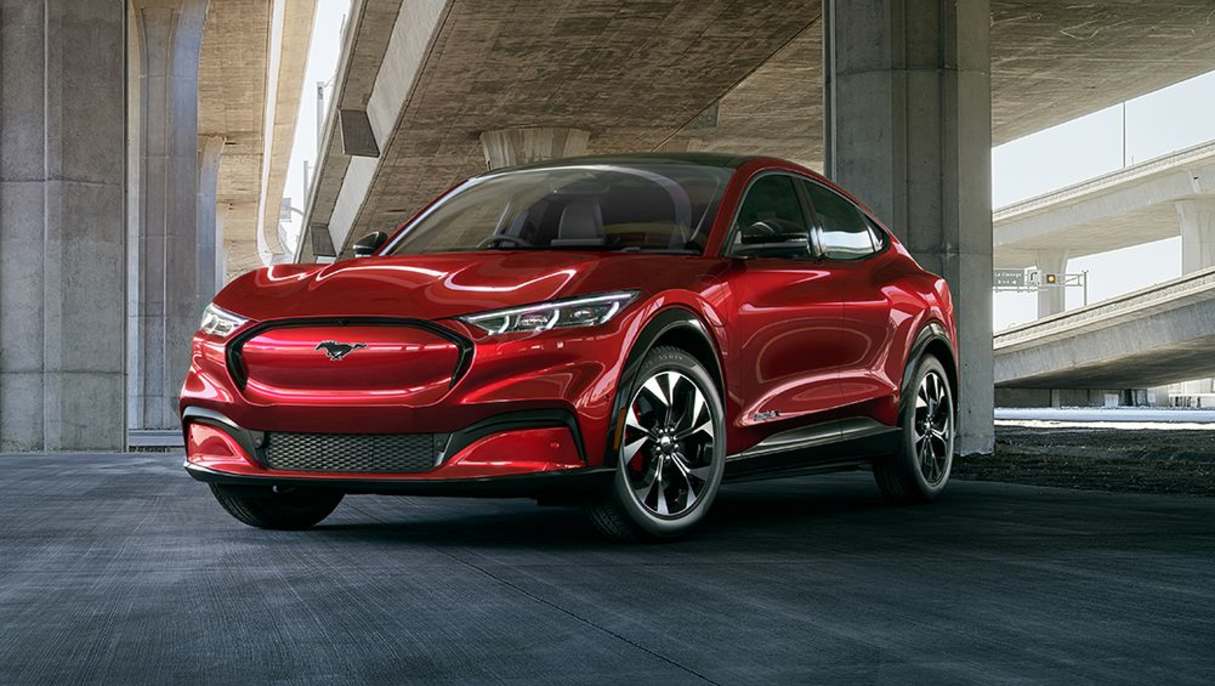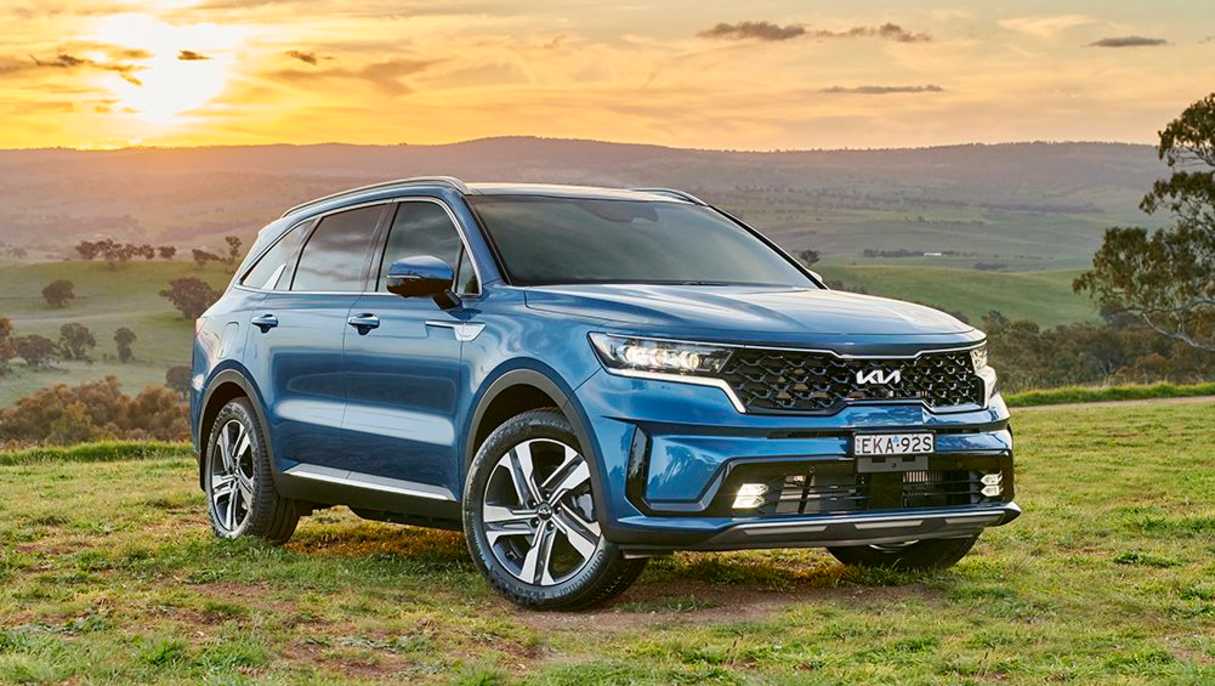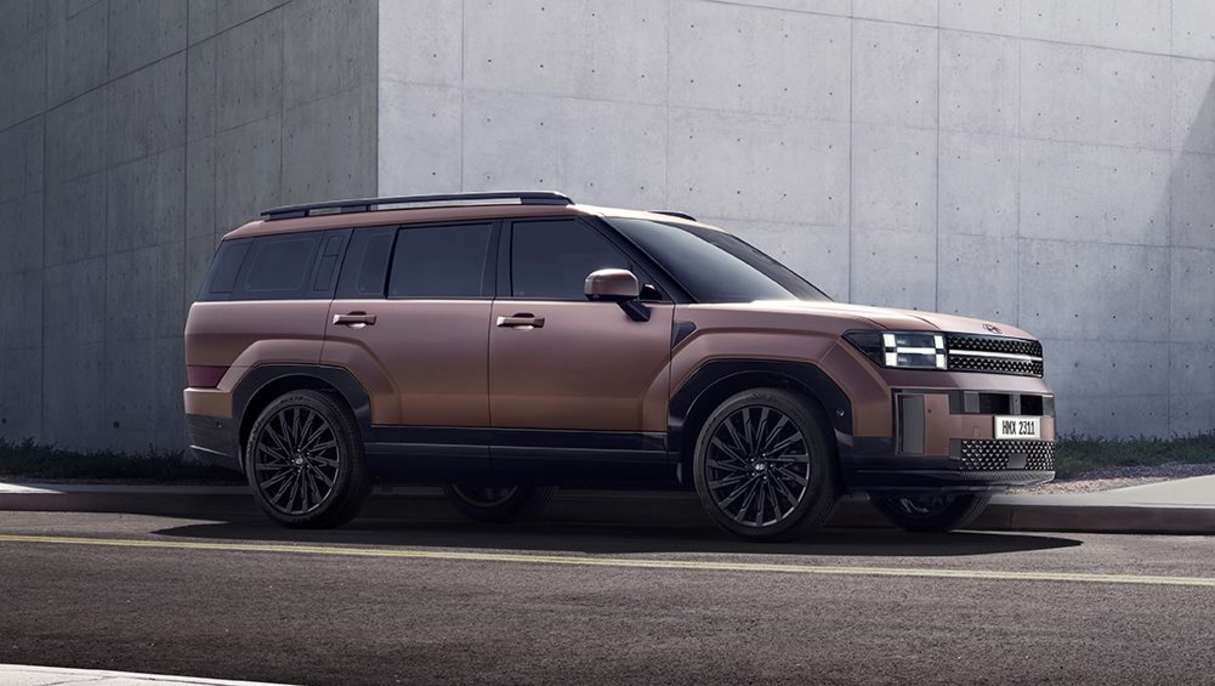Perhaps with the exception of Toyota who seems to be taking longer to return to normal production levels, most other mainstream automotive brands are boasting improved supply, with manufacturing issues behind them.
So it's a good time to pull out the old crystal ball and try and predict where some of the major brands will end up on the sales charts come the end of 2023.
Even though its total market share has slid this year, it's a given that Toyota will end the year in the number one spot, so we will look at the rest of the brands.
Mazda is also light years ahead of third place, so we will leave the Japanese maker alone for now because far more interesting things are happening in the top five.
As at the end of July, Kia is holding on to third place - just - with a total of 45,310 sales. It is only 19 units ahead of fourth-placed Ford (45,291), which is on a winning streak this year, up 37 per cent compared with the first seven months of 2022.
The still-fresh Ranger ute - Australia's second most popular vehicle - and the related Everest SUV can be credited for that huge growth.

In contrast, Kia's current total is down by 1.8 per cent compared to 2022, even though it's recorded double-digit growth for popular models like the Sorento, Seltos, Niro and Picanto and even triple-digit sales growth for the EV6. But Kia has also experienced big sales dips for the Sportage SUV (-26.3%) and Cerato small car (-63.1%), largely due to supply.
Kia and Ford will likely be looking over their shoulders, however, with Kia's sister brand Hyundai hot on their heels.
Hyundai is sitting in fifth place overall this year, with 44,228 units shifted, a mere 1063 sales behind Ford.
This means that the race for year-end third place is heating up big time. But which brand will land on the podium, and which brands will be forced to lick their wounds?
.jpg)
Ford is well placed to continue its hot streak. Next month, the hulking F-150 pick-up goes on sale in Australia, and while it's not expected to reach the volume highs of the Ranger, it should add some meaningful volume to its tally.
The Blue Oval's first fully electric passenger car, the Mustang Mach-E, will arrive in Australia before the end of the year too, and should give Ford a further boost given the pent-up demand.
But the seventh-generation V8-petrol powered Mustang pony car launch has been pushed back to 2024, and it's unclear how much stock is left of the outgoing version. This, and the fact that Ford recently discontinued the Escape mid-size SUV, could have a negative impact on sales in the final quarter of the year.
Let's look at Kia. The brand's most important new model coming before the end of the year is the EV9 large electric SUV. Kia is holding around 7000 expressions of interest for the EV, but that won't result in that many sales given Australia only has access to 100 production slots per month.
So with that in mind, and considering that prices are expected to start from around $100,000, it may only add small volume in the final quarter.

A facelifted Sorento large SUV is also expected to start rolling into showrooms in quarter four this year, as is the heavily revised Picanto micro hatch.
So aside from the EV9, the only real growth for Kia between now and the end of 2023 will largely come from its existing line-up.
Hyundai sales are down by 1.6 per cent year on year, but it also has new metal coming before the end of December, which could help close that 1000-unit gap to Ford. Or will it?
The most critical new model for Hyundai won't arrive until the first half of next year, and that is the boldly designed new-generation Santa Fe large SUV.
Another confirmed new model that will add volume, the Tucson hybrid, is also not arriving until 2024.
What will be coming, however, is the redesigned Sonata medium sedan, facelifted i30 sedan, and hybrid and electric versions of the popular new-gen Kona small SUV. Considering the demand for electrified vehicles of all forms, the Kona could prove to be Hyundai's secret weapon.

However, looking at the current sales and what's coming from each brand, objectively, it appears that third place is Ford's to lose. As long as the Blue Oval can shift a few F-150s and Mustang Mach-Es - and it's likely they can - and meet the demand for the Ranger and Everest, it should be a strong year end for Ford.
The fact that Ford Australia has just signed a three-year lease on a ship to exclusively import its two biggest sellers from Thailand to Australia and New Zealand should help speed up deliveries and keep it ahead of its two Korean competitors.
That being said, Kia won't be resting on its laurels.
Watch this space.


.jpg)
.jpg)


.jpg)
.jpg)
.jpg)





.jpg)





.jpg)



.jpg)